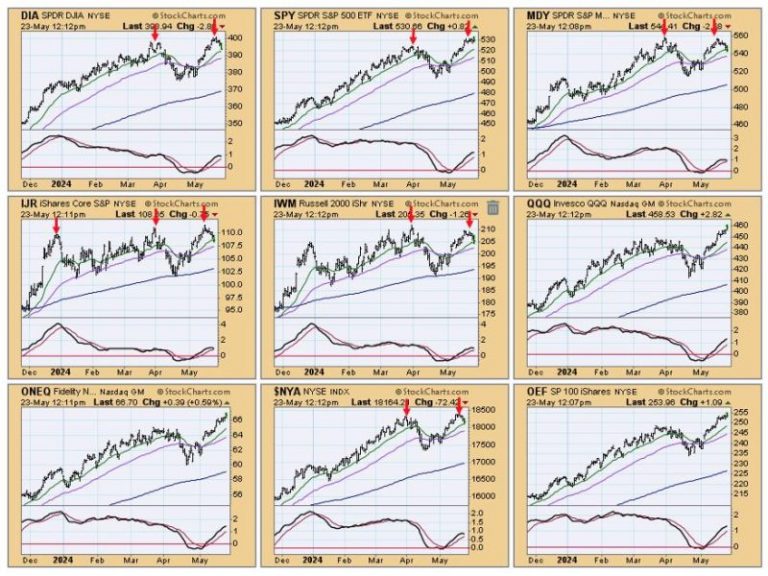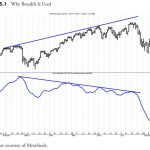As we navigate through the current market landscape, it is essential to pay attention to signs that may indicate a potential shift in market direction. In recent weeks, investors have witnessed fluctuations and uncertainties that have led some to question whether the market is reaching a tipping point.
One key indicator that often hints at a potential market downturn is increased volatility. When price swings become more pronounced and sudden, it can be a sign that investor sentiment is shifting, and uncertainty is on the rise. Monitoring volatility indexes and observing how individual stocks respond to market conditions can offer valuable insights into the current state of the market.
Furthermore, valuation metrics play a crucial role in assessing market health. Elevated price-to-earnings ratios and other valuation measures that surpass historical averages may suggest that stocks are overvalued. In such cases, investors should exercise caution and consider whether current prices are justified by underlying fundamentals.
Another factor to consider is the prevailing economic environment. Changes in economic indicators such as GDP growth, unemployment rates, and inflation can influence market sentiment. A weakening economy may lead to reduced consumer spending, corporate earnings, and overall market performance. Keeping abreast of economic data releases and understanding their implications for the market can help investors make informed decisions.
Geopolitical events and global uncertainties are additional factors that can impact market stability. Trade tensions, political unrest, and geopolitical conflicts can create uncertainty and volatility in financial markets. Monitoring news headlines and staying informed about geopolitical developments can help investors anticipate potential market shocks.
Moreover, the Federal Reserve’s monetary policy decisions play a significant role in shaping market conditions. Shifts in interest rates, quantitative easing measures, and inflation targets can have a profound impact on asset prices and investor sentiment. Investors should closely follow updates from the Fed and analyze their implications for the market.
In conclusion, staying vigilant and recognizing key signals can help investors navigate volatile market conditions effectively. By monitoring volatility, valuation metrics, economic indicators, geopolitical events, and monetary policy decisions, investors can better assess market health and make informed investment decisions. While predicting market movements with absolute certainty is impossible, understanding the factors that influence market dynamics can help investors adapt to changing conditions and mitigate risks.



